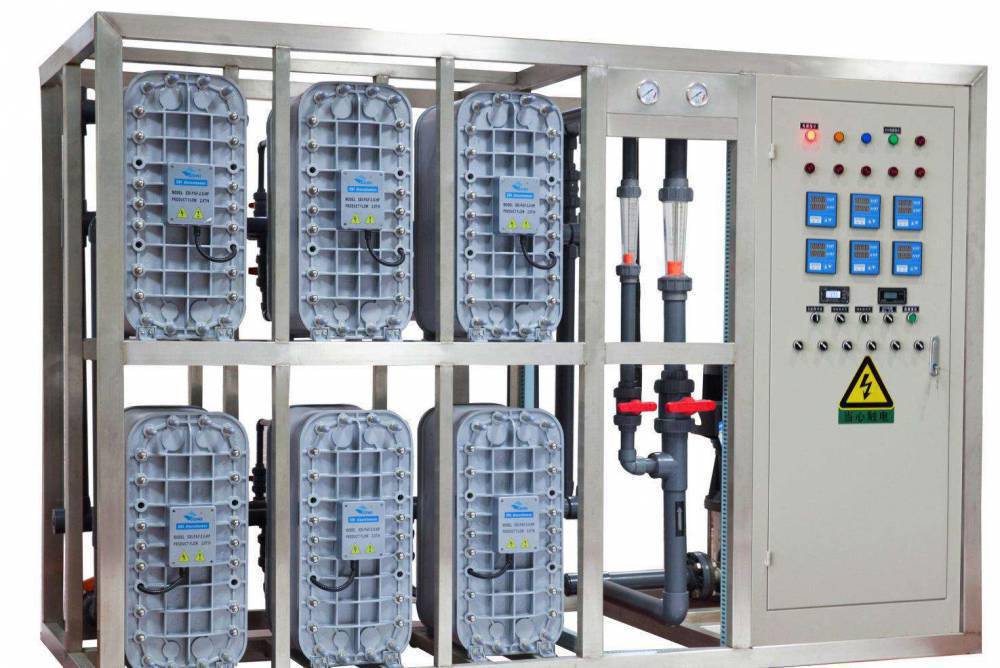

 What is EDI Electrodeionization Technology? Reverse Osmosis + EDI vs Traditional Ion Exchange: Your Ultimate Selection Guide!
What is EDI Electrodeionization Technology? Reverse Osmosis + EDI vs Traditional Ion Exchange: Your Ultimate Selection Guide!
 Classification Summary of Various Membranes
Classification Summary of Various Membranes
 These “Water Purification Basics” You Should Know!
These “Water Purification Basics” You Should Know!
 TDS values, RO membranes... How much do you really know about those technical terms in water purifiers?
TDS values, RO membranes... How much do you really know about those technical terms in water purifiers?